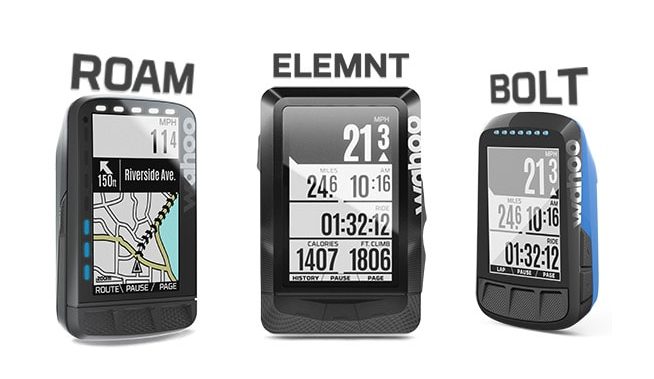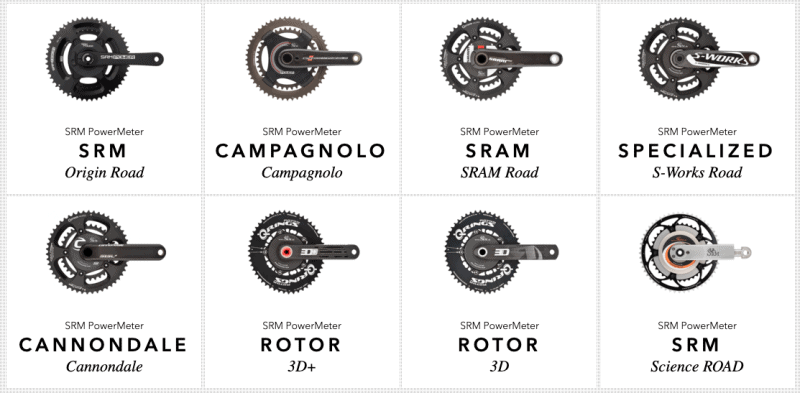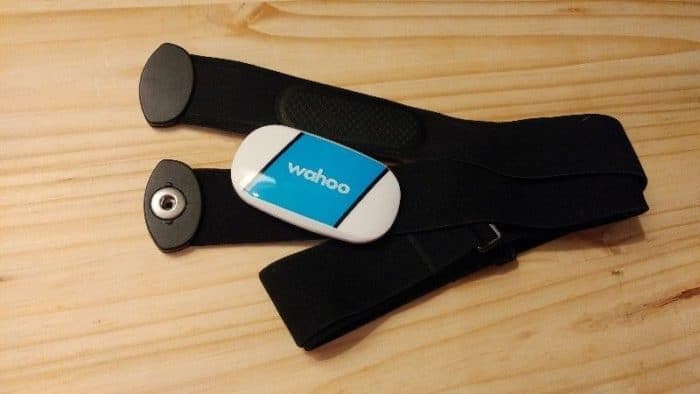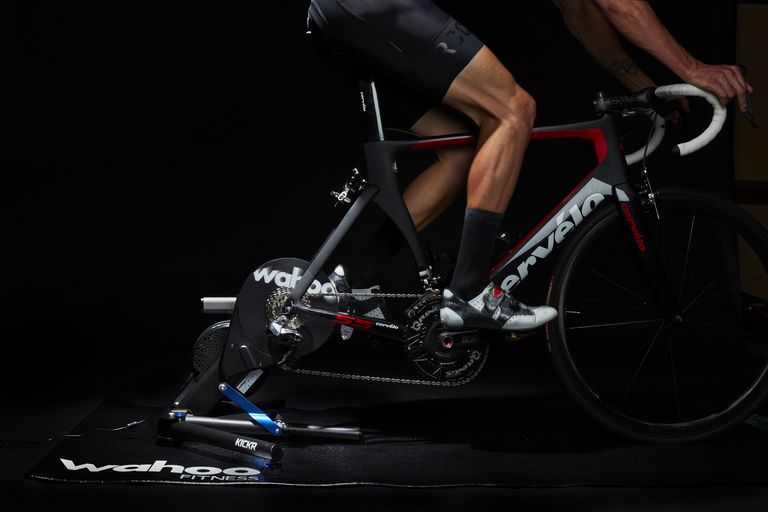8 Reasons Why You Should Train with A Power Meter
Power meters are not for everyone, but if you’re serious about cycling and have the time and money to dedicate to getting better using data, they could be exactly what you need.
They are not a magic bullet that will turn you from a weekend cyclist into a pro in the space of a season. Instead, they are a data-driven tool that can revolutionize your training if you have the dedication to use them right.
We are used to watching pros and hearing commentators say ‘they are riding to their wattage,’ which comes from power meters. Only accurate, meaningful data can be used in a structured way to achieve your goals.
Power meters aren’t just for pros, though. We mere mortals can use them too.
Here are 8 reasons why you might want to train with a power meter.
1. Get Accurate Training Data
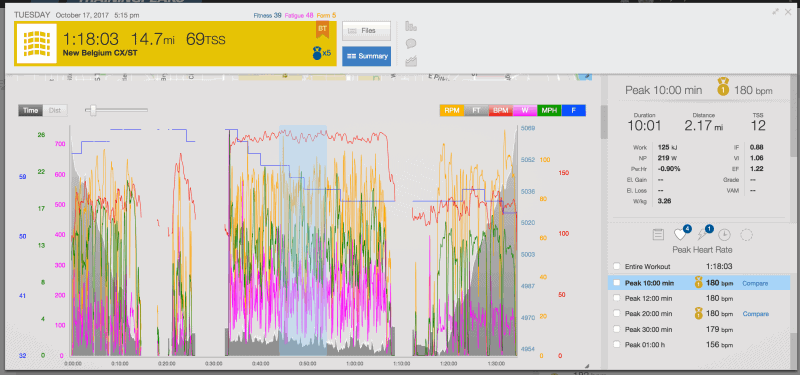
Accurate training data is the foundation of any structured training regimen.
If you want to go from guesswork to knowledge and take your cycling to the next level, a power meter delivers. Most cyclists are familiar with heart rate monitors but will also likely know they aren’t the most accurate performance measure.
Read More : 8 Mistakes Cyclists Make When Using Power Meters
If you need accurate data, you cannot get more accurate than a power meter. Not outside a performance laboratory anyway.
For most casual cyclists, using a heart rate monitor is fine. If you want to take it further, it isn’t enough. Heart rate can be influenced by fatigue, illness, temperature, and even time of day.
For example, hill repeats on a known course can be influenced by road conditions, weather, wind, and all manner of things.
Power meter data is precise. It’s why the pros use it and ride to it every day.
2. Power Readings are Instantenous

Pacing is a key component of any ride. We want to finish our rides in good time and good condition.
If you’re racing and riding an event, the pacing is even more important. A heart rate monitor gives you a slightly delayed version of what’s going on, but power is instant.
For example, you’re riding an ascent and are early into a long climb. If you were pushing too hard, too early using a heart rate monitor, it could be minutes before your heart rate caught up, and by then, it could be too late.
Power data is instant, so the second you push too much, you’ll know about it. This could be the difference between winning, losing, or even making it to the end!
3. Get More Out of Your Training and Time

We are all busy, and unless you’re one of the lucky few paid to ride their bike, you will be juggling work, home, family, and cycling.
While we all know cycling should always come out on top, life often has other ideas. If you want to get the very best out of your training, power is how to do it.
No other training tool to date is useful at identifying your condition, providing accurate data for structured workouts, and playing its part in your training if you have limited time before an event, every ride counts.
If you and your coach know exactly where your condition is, how many rides you have until your event, and where your fitness needs to be, power-based training delivers the plan you need to achieve your training goal.
4. Identify and Overcome Your Weakness
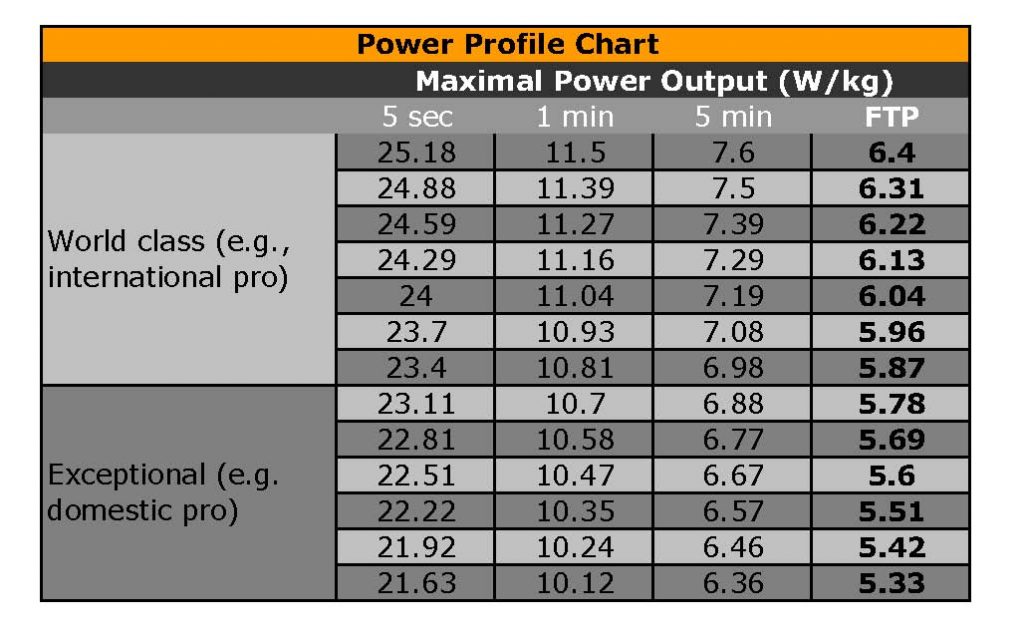
If you’re serious enough about your cycling to be considering investing in a power meter, then you likely have a good idea of the type of rider you want to be.
Want to be a sprinter?
Rouleur?
Climber?
Time triallist?
All types of riders need to identify particular characteristics and train to them. That means also identifying weaknesses and coming up with a training plan to overcome those weaknesses.
This is usually visualized in a power profile chart (see photo above).
A power meter is the most reliable and accessible way to do that. Along with a coach, you can look at your output over given distances, situations, or terrain and create a training plan that will optimize performance to achieve your goals.
Once done, you can further focus your training to deliver the performance you need to become the rider you want to be. Explosive power training for sprinting, a more rounded plan for a rouleur or hill repeats for a climber.
All are driven by data that can be viewed objectively and used to deliver personalized or even periodized training plans.
5. Accurately Track Your Progress
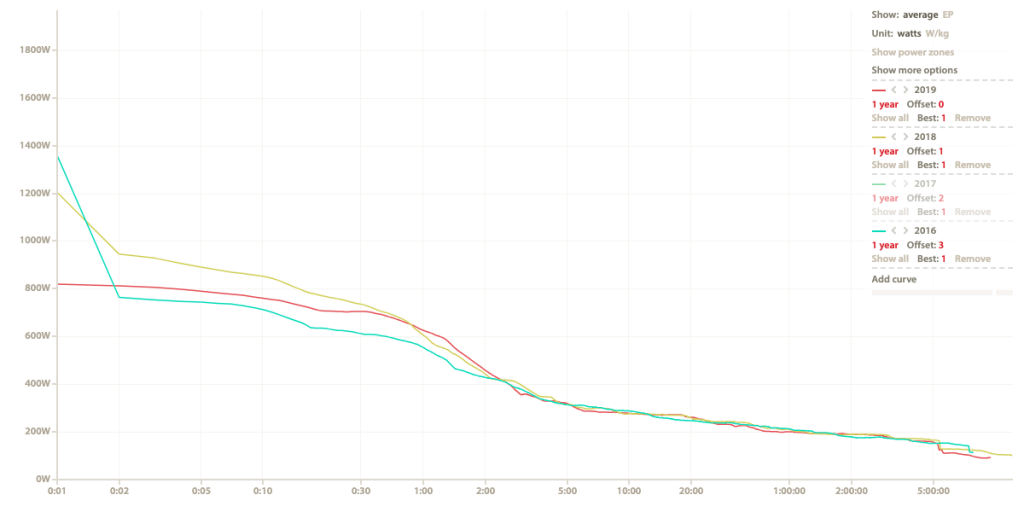
There are many reasons why a cyclist might want to track their progress over time. There are also many apps to do that but only one product that can deliver accurate data to do it reliably.
You guessed it, a power meter.
A heart rate monitor can help you track performance over time, and so can these apps but not with anywhere near the accuracy of power.
Software such as TrainingPeaks and Strava are fantastic at tracking progress. The one thing they all need to do is accurate data.
If you’re looking for performance gains, knowing what condition you were in this time last season is a good place to start. If you can track performance over specific previous 5s, 15s, 1m, 5m, 15m, 20m, and 60m efforts, you know where you are and how you’re performing against previous years.
Once you have a benchmark, you can develop a plan to improve in key areas using this data. While you can do this with a heart rate monitor and timing, it is nowhere near as exact.
That’s fine for leisure cyclists but not for racers or budding pros.
Read More : The 4 Most Popular Cycling Analytics Software
6. Track Your Form, Fatigue and Fitness
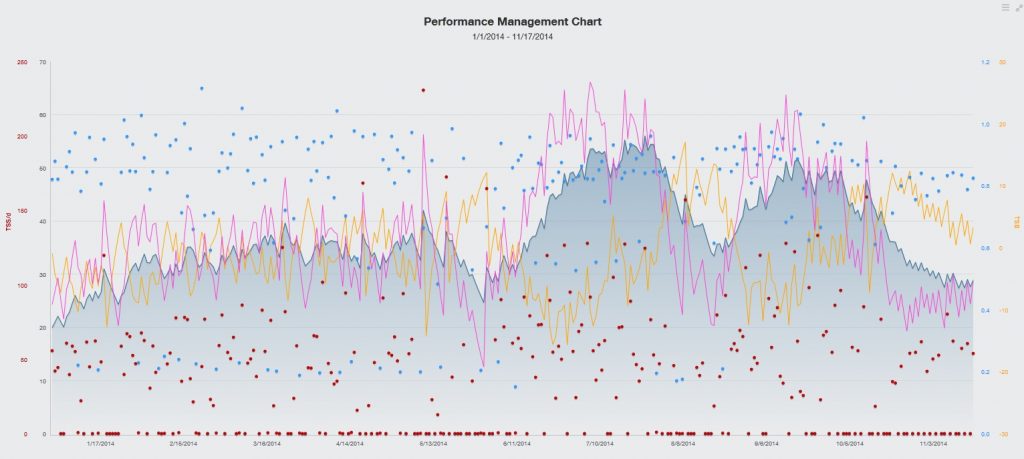
Tracking fitness, form, and fatigue is something every cyclist needs to manage but comes into its own if you’re a more serious rider.
Ride when you’re fatigued, and you risk overtraining or injury. Fail to track fitness and form, and you cannot maximize your structured training.
If you use TrainingPeaks, you will have heard of the Performance Management Chart. If you haven’t used TrainingPeaks, the Performance Management Chart (PMC) is a chart that collates training data from your rides and builds a graphical representation to help you and your coach understand what’s going on.
Power meter data is a key metric taken into account when building this chart. Heart rate and mileage data are also taken into account, but it is the power that makes it all happen.
It tracks Training Stress Scores (TSS) to see how hard you train. Acute Training Load (ATL) to identify fatigue, Chronic Training Load (CTL) to assess your fitness, and Training Stress Balance to figure out your form.
All this creates an overall picture of your condition, which can be used for structured training. This may be a little in-depth for most riders, but if you’re training seriously, it is something you will get to know very well indeed!
7. Race Planning and Pacing
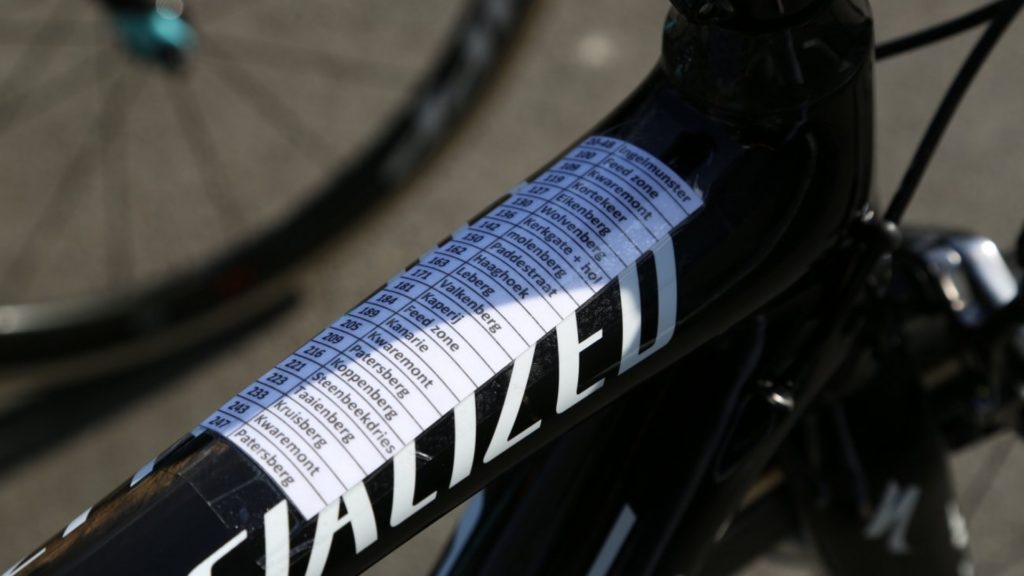
Race planning and pacing using a power meter is what we see when we watch cycling on TV.
Chris Froome may be an extreme example of someone who is always staring at his bike computer and rides to his numbers. All pros do it to a greater or lesser degree.
Team Sky uses power data to assess when to sit in the pack, attack, save energy, expend it with a push, and when individual riders need to rest or lead.
All teams use power for these reasons, but a lot of attention is given to Team Sky for their too structured training and racing regimen.
Having power numbers to work with takes any guesswork out of racing. You already know the wattage you can sustain over given terrain at a given distance. You will already know how much you can push while leaving some in the tank for a sprint or hill finish.
You will also know the maximum power you can sustain for a given period over the event distance, so there is no guesswork involved.
You will have practiced for the event and perhaps even ridden the course before. If you had a power meter, you would know your output at given points, the time it took at a specific wattage, how much power you left in reserve, and lots more data besides.
More extended events or time trials demand accurate pacing. A power meter is the only way to do this with any accuracy.
If you know you can sustain 220 watts for four hours over mixed terrain with a little left for a sprint, you know what to aim for in a two-hour race.
If you’re doing a time trial and know you can sustain 340 watts over the distance with a given wind direction, you can hold it there.
Many commentators argue that power meters and race radio have taken the excitement away from professional racing. As a spectator, I have to agree. But as a cyclist, I can also see the huge advantage provided by accurate data.
If that data gives me the confidence to ride more events, to pace myself so I know I can finish, and even so I know I can attack or sprint at the end, then I also think power meters can be a force for good!
Read More : Wahoo Elemnt vs. Bolt vs. Roam – What’s the Difference?
8. Communicating with Your Coach
If you use a coach, having data to back up your communications will help both of you. Power data help your coach in a couple of ways.
It helps them develop a structured training plan to deliver on their goals.
It also helps them during a race post mortem to identify weaknesses and shortcomings in that performance. Both combine to make you a much better rider.
I have covered the planning phases above with quality data, practical training, identifying weaknesses, tracking progress, and tracking form and fatigue. Each of those gives your coach the data they need to develop structured training to deliver the condition you want for the event you’re aiming for.
So let’s concentrate on the analysis side of coaching.
Coaches are usually very good at interpreting our input, but nothing beats cold hard facts.
You could tell your coach you felt good, the wind was light, you felt you had more to give over a distance or that you could have overtaken more riders. That’s all great and does offer valuable insight into your performance. However, power data tells the same story in quantifiable terms.
On its own, power meter data only tells one side. Used in conjunction with your input, your coach has unprecedented access to your performance data and can accurately differentiate between how you felt and how you performed.
We can feel all sorts of things but depending on when you last had caffeine or a sugary drink. Feelings may not accurately reflect your actual performance.
Power meters allow a coach to analyze data to assess training zones, training stress, race performance, improvement areas, and all those other elements that make an effective structured training plan.
Power Meters and Cycling
You don’t have to use a power meter to enjoy cycling.
You don’t need a power meter to improve fitness, assess improvements and identify areas of improvement. You can do all that with a heart rate monitor and Strava.
However, if you’re training for events or are much more serious about your riding, no other upgrade helps you make gains or target performance and events.
If you’re serious about your cycling and dream of being more than a weekend warrior or leisure rider, there is no better device to spend your money on!
Author Recommended Reads

